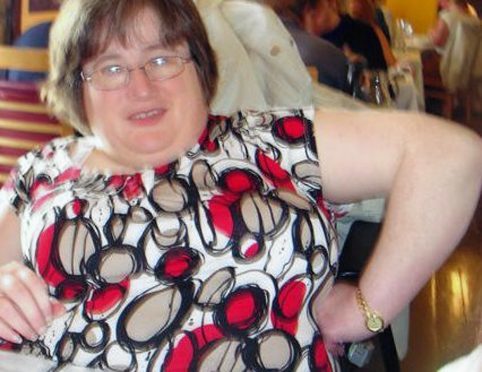Health bosses in the Highlands have publicly apologised for the “shortcomings” in care it provided to a disabled woman before she died in a fire at her home.
Barbara Anderson, a wheelchair user who had spina bifida, was overcome by fumes after a blaze broke out in a bedroom inside her ground floor flat in Leyton Drive, Hilton, in August 2013.
It emerged during a long-awaited fatal accident inquiry this year that Ms Anderson’s personal alarm system was not connected to smoke detectors in her home.
The system, known as Telecare, allows older and disabled people to get immediate assistance by activating a base unit, installed somewhere in their home, which has a wireless connection to a help call button on a wristband or pendant.
It also emerged that Ms Anderson had left a message on the wheelchair service’s office answering machine, five days before her death, suggesting there was a problem with a loose connection in the wiring between the joystick and battery – but this was not picked up.
Yesterday during final submissions, NHS Highland Advocate Paul Reid offered his condolences to Ms Anderson’s family and friends on behalf of the authority before adding: “From the evidence that the inquiry has heard, it is clear that the service Ms Anderson received prior to her death fell below the standard she was entitled to expect from NHS Highland.
“This submission is directed at the conclusions which NHS Highland say can reasonably be drawn from that evidence – however, NHS Highland wish to restate publicly what they have already said privately to Ms Anderson’s relatives: they apologise for the shortcomings in that care unreservedly.
“The inquiry has heard of some of the steps that have so far been undertaken by NHS Highland to address those issues. They have been done under the direct supervision of the chief executive. NHS Highland are committed to implementing any further recommendations that arise out of this inquiry”.
Earlier in the inquiry the area Telecare integration co-ordinator at the time, Nick Granger, said that an audit was carried out as a “direct response to Ms Anderson’s death” on all Telecare units throughout the Highlands.
It found that a number of properties had base units which were not fully connected to smoke detectors.
And yesterday witness Jan Baird, director of Adult Care at NHS Highland since 2012, gave evidence that changes had been made since, including the set up of a Telecare steering group following the review.
She added that the Scottish Fire and Rescue Service now regularly visits and provides fire safety advice to people using Telecare.
In his final submission yesterday, Advocate Peter Grant-Hutchison – representing Ms Anderson’s wheelchair manufacturer Sunrise Medical – said that evidence led on the Telecare malfunction created a “lively possibility” that the 51-year-old could have been saved.
Mr Grant-Hutchison highlighted that although neighbour Susan Scott, who dialled 999 at 7.44am, said she first heard the smoke alarm shortly before the fire service arrived, Scottish Fire and Rescue Service fire investigator Darren Lahey also said that the fire was slow burning and may have burned out by the time crews arrived.
But in response Mr Reid said: “It’s my submission that smoke detectors first sounded some time after 7.30am. If that is the time the hub would have been notified, it is my submission that she could not have been saved. Had the Telecare been connected to the smoke alarm the alert would have gone to the Telecare hub but that does not necessarily result in a 999 call, so it would would not have been an immediate call at best”.
Sheriff Gordon Fleetwood will publish his judgement at a later date.
